- Home
- Travel In China > China Culture > Chinese Architecture >
Palace 宫殿
The palace means 宫殿 (Gong Dian) in Chinese, Totally different with the religious architectures of western countries, gong is the greatest achievement of Chinese architecture. The name of palace has two meanings in Chinese. It refers to the imperial palace which is the house where the emperor lives, and it also refers to the tall and gorgeous house which is used for religious buildings of great dimensions.
Imperial Palace
At the beginning, gong is a multifunctional place used for leader’s residence, meeting place and sacrifice place, then developed to the place only for emperor and queen’s living. The location of gong is always located at the center of the city. Axisymmetric structure is the most important features.
Apart from the palace, other abodes of the emperor are also called Gong. The Yiheynan Park used to be the Summer Palace. Then there is another type of Gong called Zhaigong, where the emperor prepared himself abstinence before he offered sacrifice at grand ceremonies. There is one such Zhaigong on the grounds of Beijing's Temple of Heaven.
Inside a great number of Gongs, certain individual buildings may also be called Gong. The imperial concubines of various ranks inhabited the six Gongs or palace quadrangles on either side of the central axis of the Forbidden City.
Religious Buildings
The name Gong is also used for religious buildings of great dimensions. The Potala Palace in Lhasa is a Gong to the Chinese; the lame temple of Beijing is Yonghegong. The temples of Taoist priests are generally called Sanginggong (palace of triple purity).
For thousands of years, the word Gong was reserved exclusively for naming imperial and religious buildings. With the passage of time and political changes, many of the old Gongs have been opened to the general public for sightseeing. Furthermore, a number of buildings have been named Gong or palace. For instance, Taimiao of the Imperial Ancestral Temple in
Beijing has been renamed the "Working People's Palace of Culture". Similar Gongs or palaces have been built in many cities of the country for the cultural, scientific and recreational activities respectively for workers and children.
Glazed Tiles and Imperial Architecture
In ancient times, Glazed tiles were unique to Chinese architecture to be used exclusively on imperial palaces and buildings. Junior officials or ordinary people were not allowed to use them. That’s why you can only see them in the Forbidden Palace, the Summer Palace and other imperial architecture.
Beijing Liulichang, which means glazed tile factory, was where glazed tiles were made during the
Ming Dynasty. Yellow was not the only color for those tiles. There were other colors, such as green、blue、 purple and black. There were strict rules for the use of the tiles. The yellow tiles were for imperial palaces, and green tiles were for the homes of the emperors’ brothers.
The colors are related to the five elements that make up our world. Those elements are metal、wood、 water、 fire and earth. And they are represented by the colors of white、green、black、red and yellow. Each element is also influenced by the four seasons. According to the ancient Chinese legend, the five regions on earth are ruled respectively by five different emperors. The Yellow Emperor ( Huangdi) was in the center and was assisted by the god of earth. In the east, it was the Green emperor who was assisted by the god of wood and responsible for spring. The Red emperor in the south was assisted by the god of fire and responsible for summer. The White emperor was in the west. He was assisted by the god of metal and responsible for autumn. The Black emperor was in the north, being assisted by the god of water and responsible for winter. So, the colors used in traditional architecture correspond to the theory of the five elements and five regions.

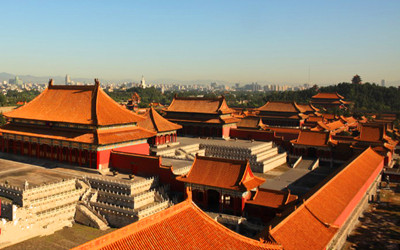
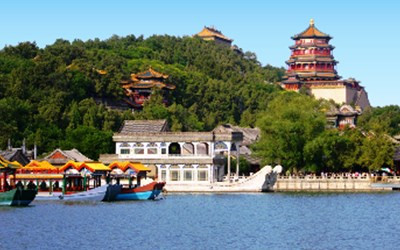
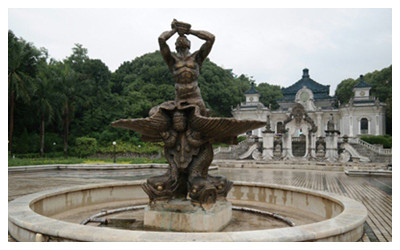

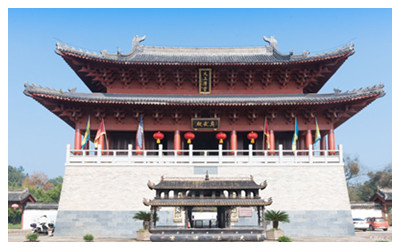
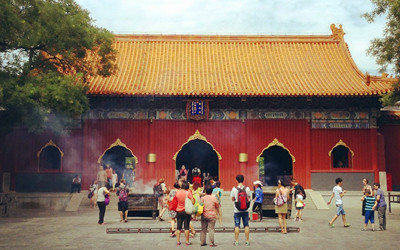
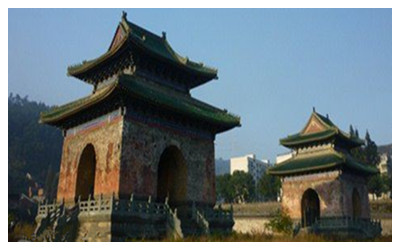
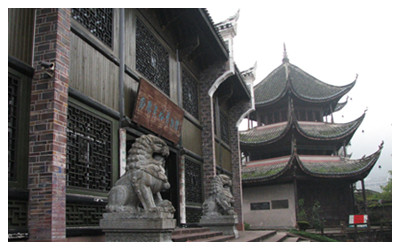
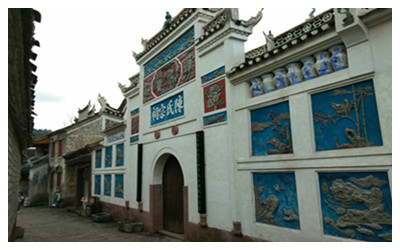
 Ask Questions ?
Ask Questions ?